Some animals love winter
As we face the possibility of dangerously cold temperatures, taking care of pets and livestock simply comes down to good animal care.
Read MoreWhether you are using a well or surface water to irrigate, the components of an irrigation kit are often similar, if not identical.
Having a water source ready during the hot dry months of summer is critical for small-scale fruit and vegetable growers. Over the next couple of weeks, Farming 101 will cover some of the basics of irrigation.
1 Water source
This could be a well, irrigation pond, irrigation ditch, river, etc.
2 Pump
Depending on location and volume/pressure requirements, this can vary.
3 Backflow prevention
This prevents any foreign material, fertilizer or contaminants from flowing back into the water source.
4 Pressure regulator
Depending on the type of emitters, the pressure that this device regulates to can vary widely. This not only reduces the pressure, but can work to keep pressure consistent.
5 Filter
There are varying types of filters, but all serve to remove particulates from the water that could plug emitters.
6 Injector
These are used to apply water-soluble fertilizers through the irrigation kit.
7 Adapters
These vary, but are used to connect various different types of equipment and irrigation lines.
8 Distribution lines
These move water from the water source to the location of application.
9 Submain lines/headers
These water lines enter the field and distribute water to the emitters.
10 Emitters
Drip tape or overhead sprinklers apply the water to the crop.
Next Week: Choosing an irrigation system.
Source: Irrigation considerations for the small vegetable farm, Michigan State Extension.
(Farm and Dairy featured a series of “101” columns to help young and beginning farmers master farm living. From finances to management to machinery repair and animal care, farmers do it all.)
Photo by Jodi Miller
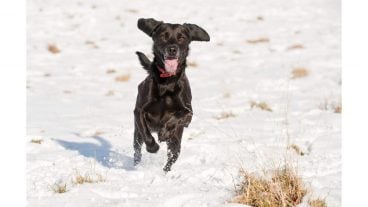
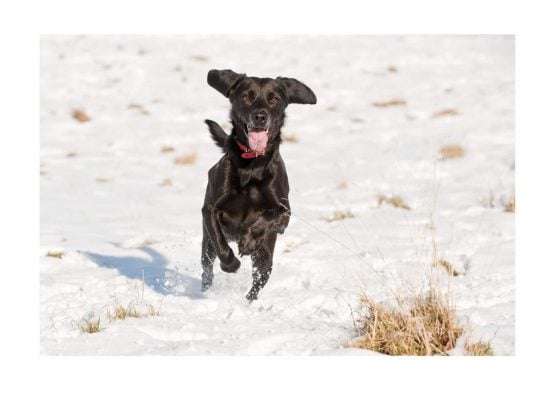
As we face the possibility of dangerously cold temperatures, taking care of pets and livestock simply comes down to good animal care.
Read More

Trumbull County Farm Bureau is again offering scholarship opportunities to students who have been admitted to a two or four-year institution of higher learning.
Read More

That simple yes can lead to new places, new people, new accomplishments and ultimately a better us!
Read More
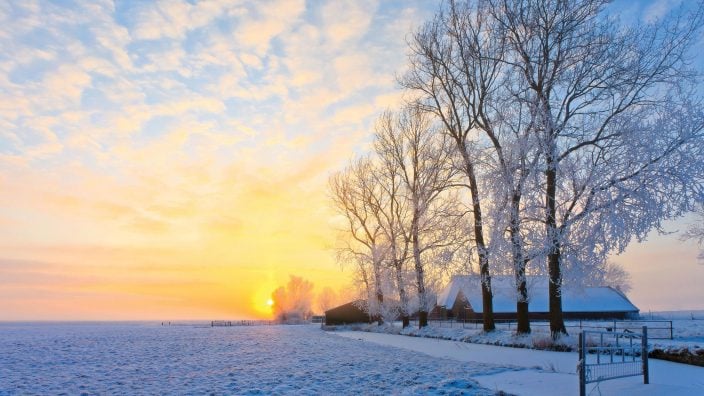
Perspective can shape your outlook and attitude.
Read More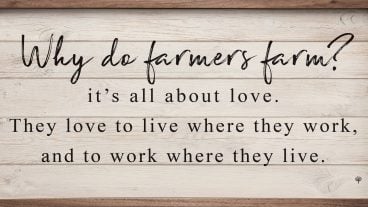
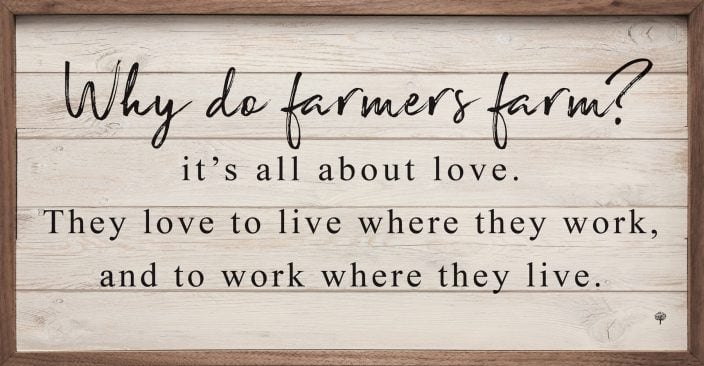
I believe that we all can learn to be resilient, whether you are a farmer or not. When we are faced with adversity, it is during those times we often grow the most.
Read More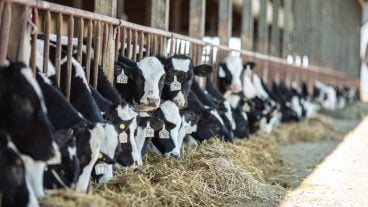
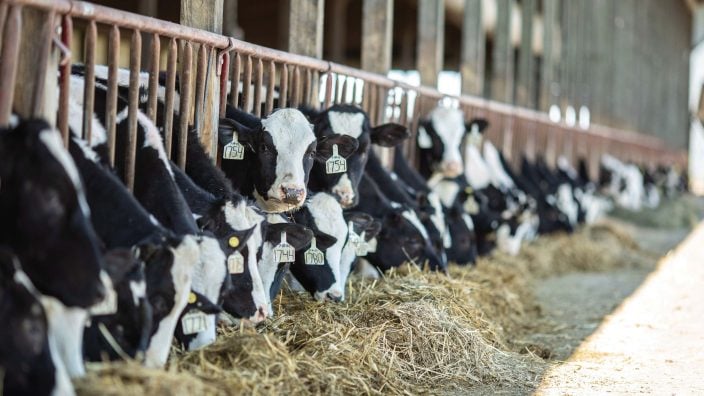
It seems like just yesterday we were taking down the Christmas tree and putting away our holiday decor, and once…
Read More
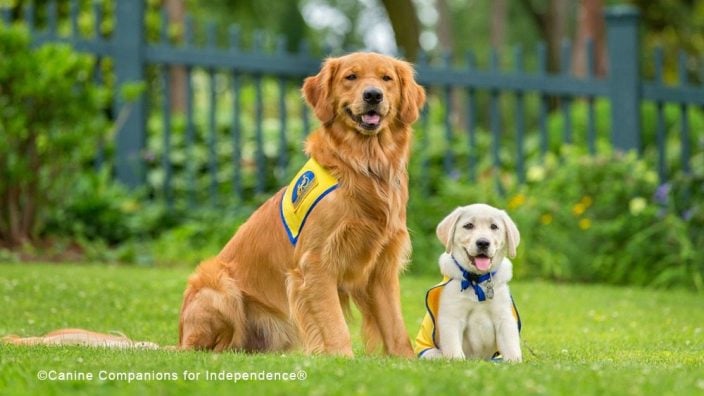
Lessons from losing a beloved pet and embracing the emotions of the holiday season.
Read More

Bill Patterson of Chesterland has been re-elected president of the Ohio Farm Bureau Federation.
Read More

Happy Holidays, Everyone! Deer gun season started this week and likely will bring many hunters to the woods as they…
Read More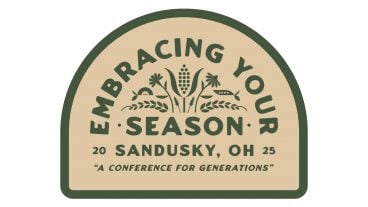

Join us for the 2025 Winter Leadership Experience!
